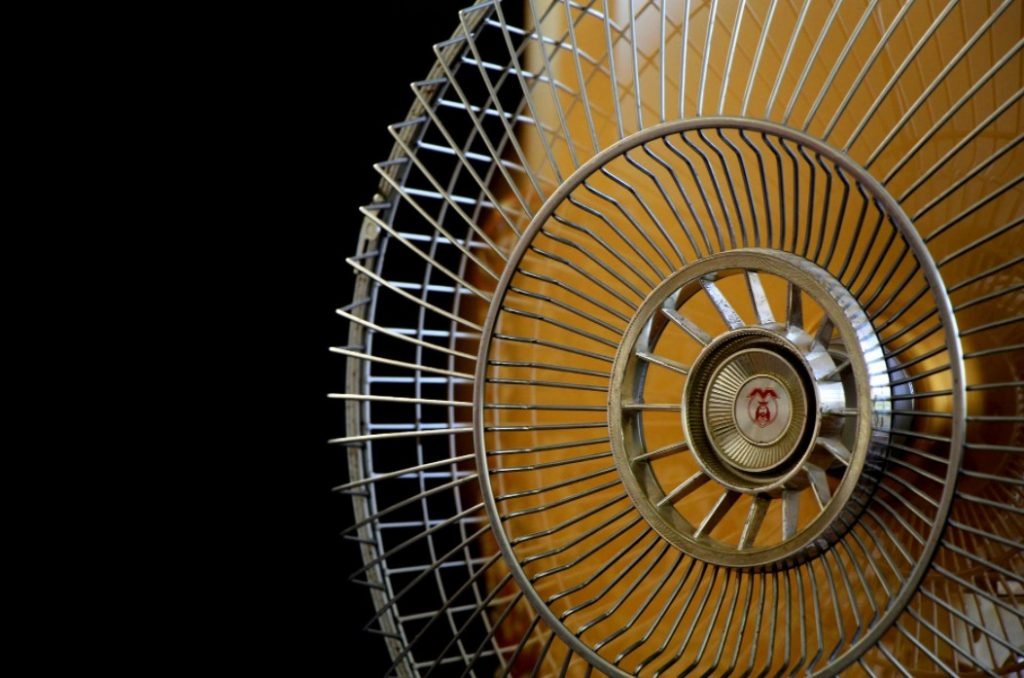Air Conditioning is slowly becoming an essential part of our homes. Climate change, together with global warming, has played a huge role in this. Unfortunately, the effects felt in some regions are so severe, thus forcing many employers to encourage their employees to work remotely.
The most common form of such effects may range from excessive sweating to discomfort and even developing eye problems. In addition, residents of these areas experience more dry months in the year and little rainfall.
Today’s article will provide an informative guide that may be helpful to someone with their next air conditioning purchase. The piece features the types of climates and different models of air conditioning suited to that specific climate.
Factors to always look out for when purchasing an air conditioner Various factors go into choosing a good air conditioner. Some of them include:
Noise
Large and powerful ACs are famous for being noisy. Therefore, before making a purchase move, you need always to consider the room’s size you need the AC. However, some types have little to no noise, like swamp coolers.
Size
The size of the AC is dependent on the size of the house or room. Bigger spaces need big ACs while small ones need smaller ones.
Energy Consumption
The energy consumption of an AC is dependent on the raw material used to provide cool air. For example, central ACs use refrigerator gases, while swamp coolers use water. Refrigerator gases tend to take up a lot of energy compared to water.
Pricing
Price is another essential factor to always have in mind. Some can be extremely expensive, for example, industrial ACs. So always remember to check on the price and where you need to install the AC.
Dry Climate
A dry climate is categorized by minimum moisture in the air. Therefore, these areas experience very low rainfall. Temperatures are always high most of the year and only fall during winter periods. Vapor in these areas escapes fast from the air meaning these areas are very dusty. Finally, dry areas have low relative humidity. Dry climate causes the following effects on the people living there:
-Chapped or cracked lips
-Dry or moisturized skin
-Dry eyes causing discomfort and itchiness
-Excessive sweating
Air conditioning cools the home and reduces the effects the heat causes to the people living in dry areas. There are different types of air conditioning specific to dry areas. Some include central air and swamp coolers.
Cool climate
A cool climate experiences more rainfall than dry periods throughout the year. Wet areas have a lot of moisture in the atmosphere. These places can retain moisture, meaning the air is cool. As a result, the temperatures are low, especially in the winter and at night. People living in these areas also experience high humidity levels.
Residents of wet climates or cool climates are always in warm clothes to prevent the loss of body heat. Cool places also need air conditioning to heat the homes, especially during the winter. Some air conditioners that work in cool areas are ductless heat pumps.
Air Conditioners for Dry Climate
Air conditioning in dry areas keeps the home cool and raises humidity, thus maintaining cool temperatures and room moisture. Below is a list of some of the best air conditioners for dry locations.
Central Air
Central air is the most common type of conditioning. It involves an air circulation method in constant supply and demand. Central air works by using two different coils. The system used by central air conditioning cools the whole house compared to other air conditioning methods that only cool a single space.
How a Central Air Conditioning Works
As mentioned above, there are two coils in this system. One of the coils is the condensing coil which is placed outside the home. The other ring is the evaporator and is placed inside the house.
The condensing ring comes with several components, including a compressor, a fan, and an outside shell that serves the purpose of protecting the fragile fan. The coil inside the house absorbs the heat from inside the house. It transports it to the refrigerant of the condensing coil, which cools the warm air and transports it back to the evaporator coil in the home—finally releasing cool air throughout the house.
How to Maintain a Central Air Conditioner
For any machine to last longer, it has to be subjected to regular maintenance. As the central air uses a motor, it needs to be oiled regularly to turn with ease. The owner should check the fans and grill for any particles that could hinder the motion of the fans. Worn-out bits need to be changed to new ones. A well-maintained central air conditioner will last years and serve its purpose well.
Swamp Air Conditioner
Swamp coolers are a cost-effective alternative to air conditioners. They also use little energy and are the healthier choice.
How Swamp Coolers Work
Swamp coolers work by evaporating water then cooling it down to create a chill environment. Clean water is normally used with this kind of AC. Swamp coolers have a compartment where water is added, and cool air is supplied in the room.
How to Maintain a Swamp Cooler
A swamp cooler requires regular cleaning of the water tank to reduce mineral build-up. The owner can achieve this by use of clean water and a simple detergent.
To conclude this guide, purchasing an AC depends on your preference. Some ACs are environmentally conscious but lack the power to cool a whole home, and some ACs take up a lot of energy and cool an entire house. Therefore, never hesitate to get as much information as you possibly can about an AC before finally making a purchase by consulting with experts, like those working in air conditioning in the Gold Coast.

